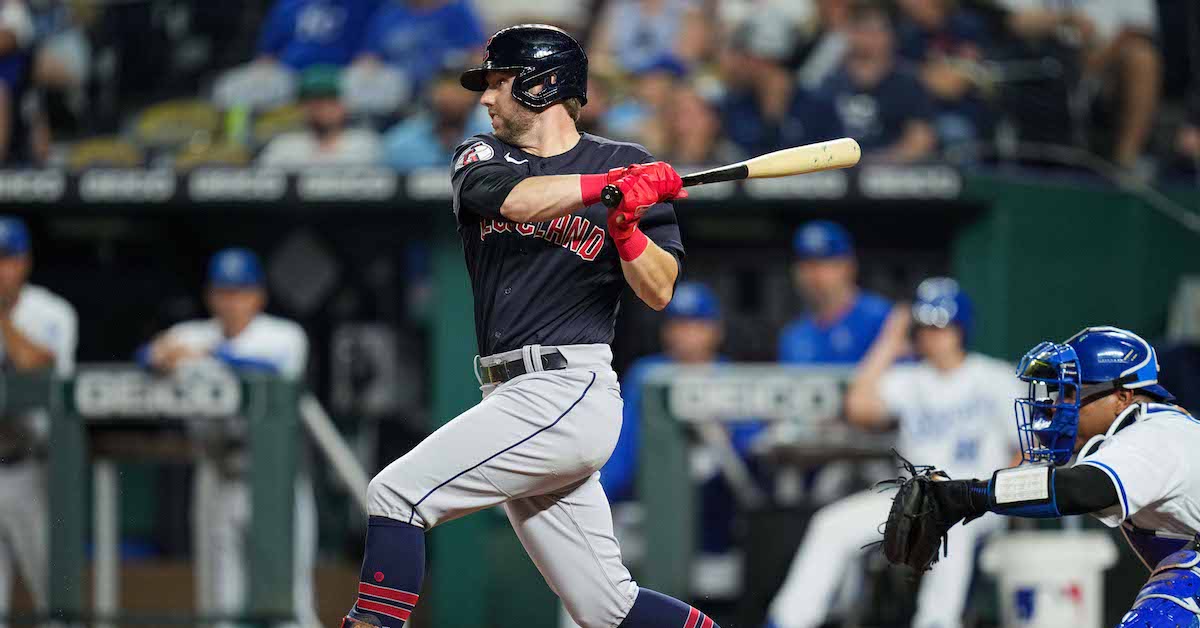Sunday Notes: A Hall of Fame Ballot Explained
This month I had the honor of filling out a Hall of Fame ballot for the third time, and once again I put checkmarks next to 10 names. As I wrote in last year’s explanatory column, I am both “a Big-Hall guy” and willing (albeit begrudgingly) to look past steroid implications. As I see it, the story of baseball in this era can’t be told without Alex Rodriguez and Manny Ramirez, each of whom got my vote.
That the story could reasonably be told without some of the names I’ve chosen to checkmark is, admittedly, a valid argument against exercising the full allotment. This is something I’ve chewed on, but ultimately decided isn’t the way I want to approach my ballot. The Hall includes a plethora of players who weren’t the best of the best — Bruce Sutter was no Warren Spahn; Rick Ferrell no Johnny Bench — and while “X is in, so should Y” is imperfect logic, so too is “Y wasn’t a Bench or a Spahn, so isn’t worthy.” Determining who merits a plaque in Cooperstown is anything but an exact science.
My 2023 selections — asterisks indicating that I voted for the player last year — are Bobby Abreu*, Carlos Beltrán, Todd Helton*, Andruw Jones*, Jeff Kent, Manny Ramirez*, Alex Rodriguez*, Scott Rolen*, Gary Sheffield, and Billy Wagner*.
Beltrán is new to the ballot. More on him in a moment. Read the rest of this entry »






